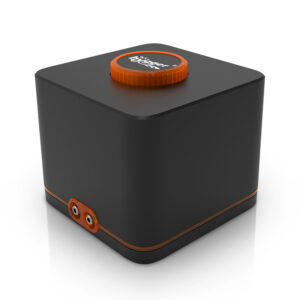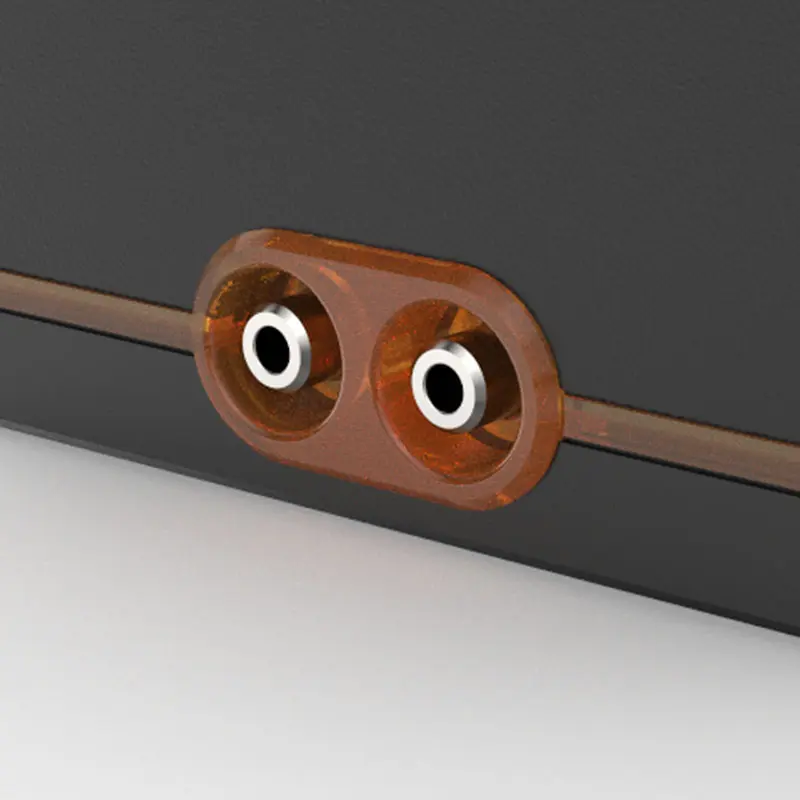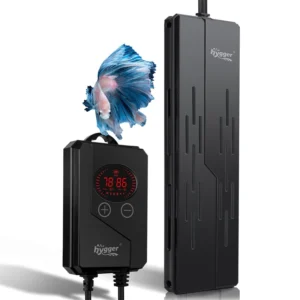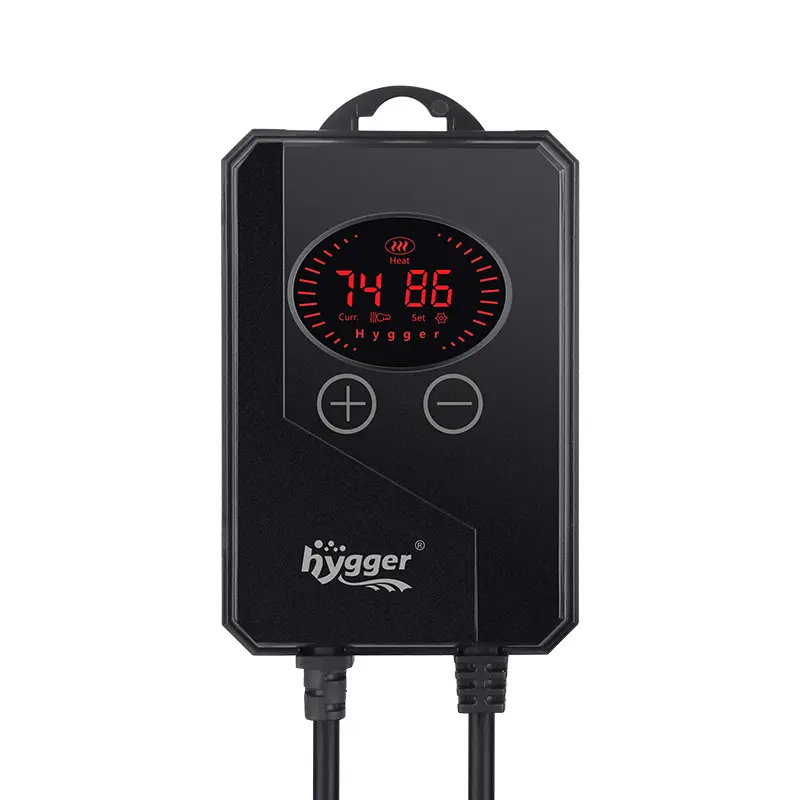Advice for Keeping Flowerhorn Fish Active
Featuring brilliant color, Flowerhorns are freshwater fish with big foreheads. They are hybrid fish. In this article, we will study something about flower horn fish, such as features, temperament, and maintenance guides. Without further ado, let’s get started.
What is flowerhorn – fish with a big forehead
Flowerhorns are large fish, belonging to the Cichlidae family. They are also called Flowerhorn cichlid. Generally, flowerhorn comes in red, blue, black, white, orange, or green colors. The big forehead on the fish is named a nuchal hump.
Moreover, flower horns are omnivorous. You can feed earthworms, shrimp, squid, krill, insects, pellets, vegetables, or other meaty food. The food you provide should be rich in nutrients and contain color-enhancing molecules. But never overfeed. Commonly, twice a day is great. Furthermore, flower horn fish can grow up to 12–16 inches. Consequently, the ideal tank size for them should be 75 gallons at least. However, a breeding tank should be 150 gallons or larger. Also, the average lifespan for flower horns reaches 10–12 years.
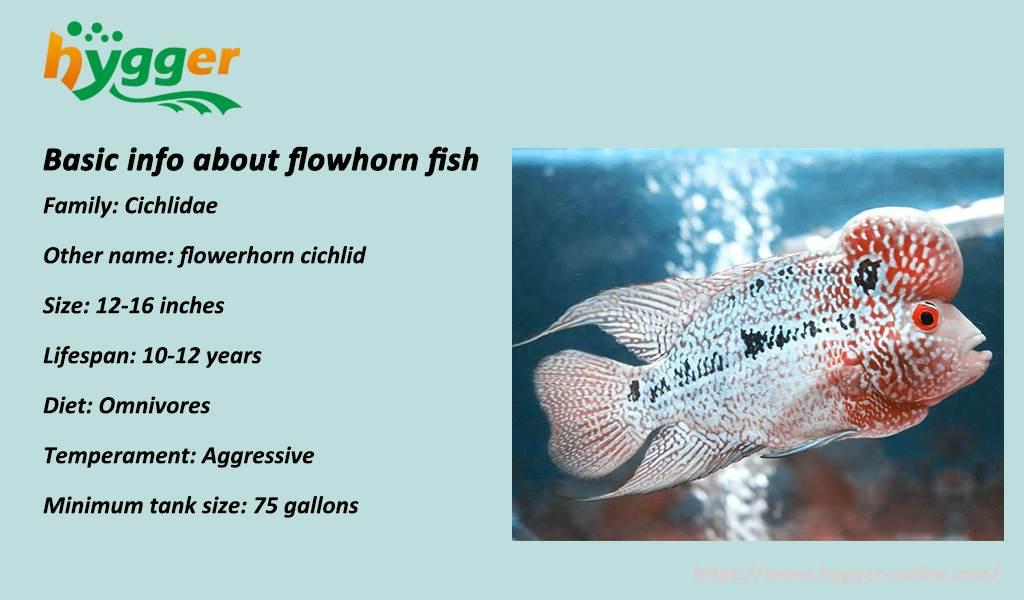
Is flower horn fish-friendly
Flowerhorn fish are aggressive and territorial. They will defend an area that they believe to be their own. In general, it is best to keep flowerhorn fish alone in a tank. Two or more in the same tank is not recommended. If you want to keep more than one flower horn in a tank, you’d better divide them with egg crates or acrylic dividers. Furthermore, if you want to introduce tank mates for flowerhorn, jaguar Cichlid, tiger Oscar, and Leopard Pleco are great options. But in a nutshell, keeping one flower horn fish in a tank is the optimal alternative.
How to make a flowerhorn fish active
Flowerhorns may be inactive. But it does not mean the fish just stay at the bottom of an aquarium. Inactive flower horns are lying at the bottom of the tank and not swimming as usual. Also, there are some appearance symptoms of inactive flowerhorns, like fading of body color. Causes of inactive fish may include improper water temperature, poor water conditions, and external infection. After knowing the causes of inactive flowerhorns, let’s learn how to make them active.
Maintain consistent water temp
Consistent temperature is necessary for flowerhorn aquariums. Generally, it would help if you kept the water temperature at 80-85℉ (26-30℃). Accordingly, a variable-frequency titanium heater will help you a lot. When the water temp is 0.1-0.9℉ lower than the set temp, the heater will switch to the frequency conversion constant temp mode to work to consistently the water temp for flowerhorn.
Maintain great water conditions
The vital maintenance points consist of creating great water conditions, which helps keep flowerhorn fish happy and healthy. Seeing, flowerhorn fish may produce a lot of feces and waste. Consequently, you should do frequent and regular water changes. Otherwise, poor water quality would pose threats to fish growth and health.
Generally, it is recommended to change 20-30 percent of water twice a week. Also, it is feasible to change 30-50 percent of water once a week for flowerhorn cichlid. Aside from water changes, an aquarium filter helps to filter unnecessary substances in aquariums, while it also makes sense for beneficial bacteria growth.
Also, in the face of oxygen deficiency, flowerhorns will become stressed or even dead. Fortunately, an aquarium air pump is effective in improving the oxygen level in the water. By pumping air into the aquarium water, the pump prevents stagnant water, leading to uneven water temperature and oxygen concentration.
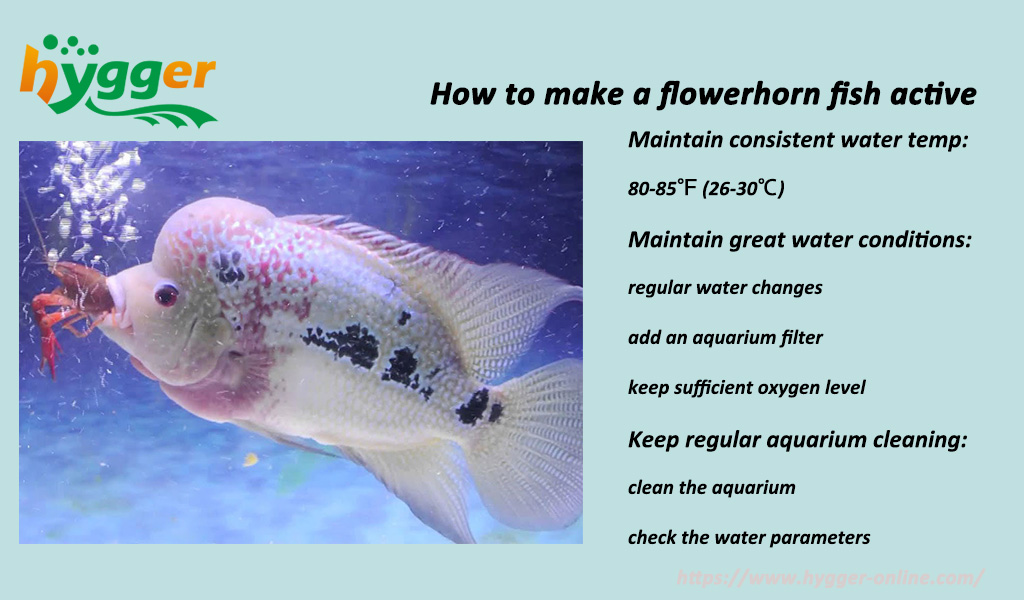
Keep regular aquarium cleaning
Besides that, you should clean the aquarium while changing the water. Because waste or unnecessary substances may hide in the aquarium substrate. In this case, an electric vacuum cleaner will help you out, which makes the cleaning more convenient. The DC safety water pump provides strong water flow, which is powerful and can do a quick water change, plus remove debris and fish waste. Also, the black filter sponge prevents large debris from clogging the motor.
Additionally, it is better to check the water parameters after the water change and aquarium cleaning. Flowerhorn fish prefer a pH level of 7.4 to 8.0. Acid water would cause flowerhorns to lose body color or even get sick. By the way, testing the ammonia, nitrite, and nitrate levels is necessary. Furthermore, the fish need clean water with a TDS of less than 250. (Tip: TDS means the total dissolved solids in the water)
Other remedies
As for external infection, it is best to treat the fish as soon as possible. And it is best to quarantine the sick flowerhorn. Otherwise, the contagious disease may infect other healthy ones. When sick, one cure would be active gradually.
On the other side, you can check the poop color of inactive flowerhorn fish. If the poop is red and the fish float in the water, it is recommended to feed garlic-soaked pellets. Nevertheless, if the poop is white and the fish lose the desired appetite, you should take the white poop treatment.
Some facts about flowerhorn cichlid
Flowerhorn cichlids are hybrid fish. They are artificial fish, which do not exist naturally. In addition, flower cichlids are egg-layers. The gestation period of the cichlids lasts 1–2 weeks. And they can reproduce up to 700–1000 eggs at a time. The young ones will get sexually matured at about 1-year-old.
That’s it. For additional interesting facts about flowerhorn cichlids, welcome to leave messages in the comment. We’re happy to receive your sharing. Finally, thanks for your reading, and we hope this article will give you a hand.

